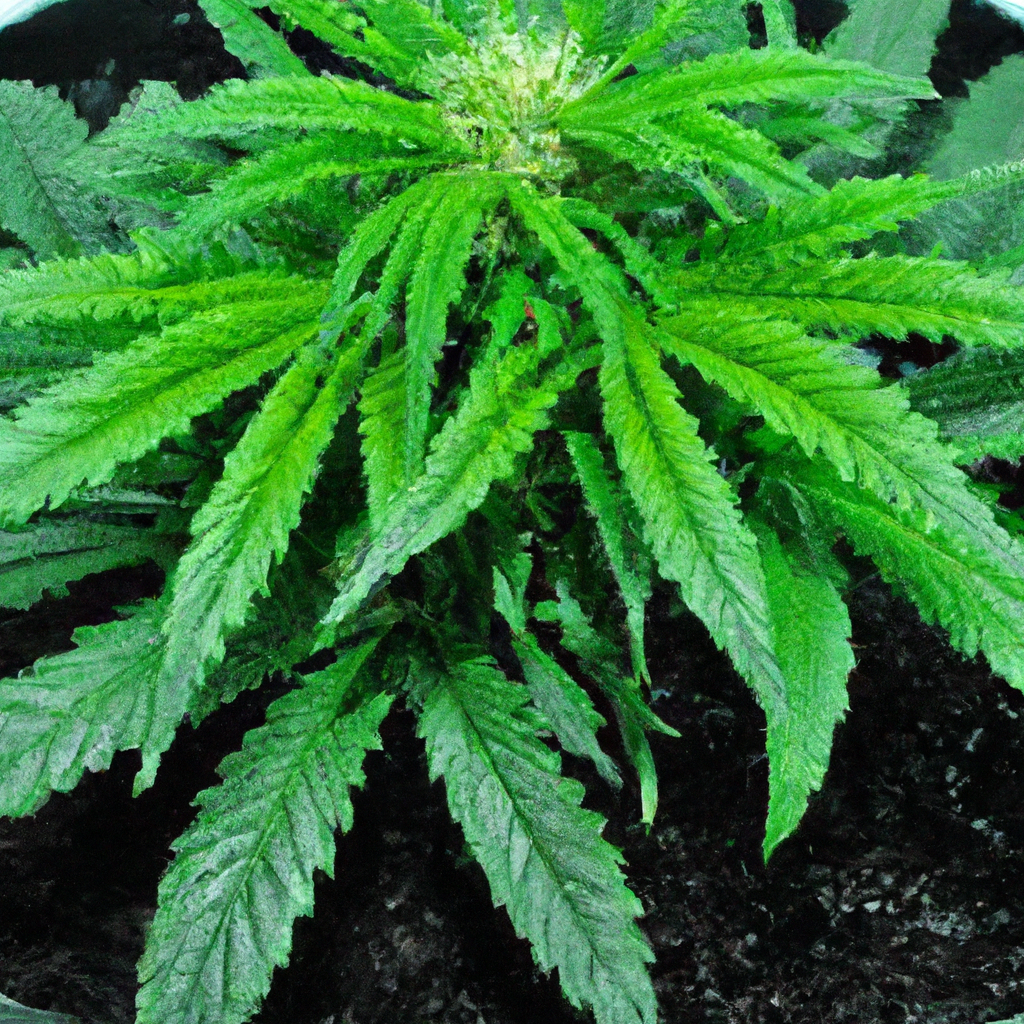Your cart is currently empty!
Growing cannabis is an art that requires not just knowledge, but a keen sense of observation and a few critical techniques to ensure a thriving crop. One of the lesser-discussed but crucial aspects of cannabis cultivation is moisture management. Proper moisture levels in your growing medium and the air can significantly impact plant health, yield, and potency.
Understanding Moisture’s Role in Cannabis Cultivation
Moisture affects various aspects of plant growth, from nutrient uptake to disease prevention. Cannabis plants require moisture not only for hydration but as a medium to absorb nutrients from the soil. Excessive moisture, however, can lead to root rot and fungal infections, while too little can stunt growth and lead to nutrient lockouts.
Techniques for Soil Moisture Control
Maintaining the right soil moisture requires a balance of proper watering techniques and an understanding of your growing medium. Here are some actionable tips:
- Choose the Right Soil: Opt for well-draining soils that allow excess water to escape and retain necessary moisture effectively. Consider adding perlite or coco coir to improve aeration.
- Watering Schedule: Water your cannabis plants when the top inch of soil feels dry. Avoid a fixed schedule; instead, observe your plants’ signs of underwatering or overwatering.
- Mulching: Use organic mulch like straw or leaves on the soil surface to retain moisture, moderate soil temperature, and prevent weed growth.
Managing Humidity for Optimal Growth
In addition to soil moisture, managing humidity in the grow room or greenhouse is vital for cannabis plant health:
- Monitor Humidity Levels: Use a hygrometer to keep track of humidity. Seedlings thrive in 65-70% humidity, while flowering plants require 40-50%.
- Ventilation: Good airflow helps control humidity and prevents mold. Consider using oscillating fans and ensuring a steady exchange of air in the grow environment.
- Dehumidifiers: Use a dehumidifier in high humidity regions or during flowering stages to prevent bud rot and mildew.
Case Studies: Moisture Management in Action
Let’s take a look at how growers have successfully implemented these strategies:
Case Study 1: Indoor Soil Cultivation
Grower A transformed their indoor setup by switching to coco coir with perlite. This combination ensured optimal aeration and moisture retention, resulting in a 20% increase in yield.
Case Study 2: Greenhouse Environment
Grower B addressed high humidity levels by installing automated ventilation linked with humidity sensors. The improved control minimized diseases and led to robust flowering.
Conclusion
Effective moisture management in cannabis cultivation is not only about watering but understanding the balance needed in both soil and air. Implementing the right techniques can make a significant difference in the quality and quantity of your harvest. By choosing the right soil, adjusting watering techniques, and monitoring air humidity, you set a strong foundation for thriving cannabis crops.
Remember, each grow environment may require a slight adaptation of these strategies, so stay observant and responsive to your plants’ needs!


Leave a Reply